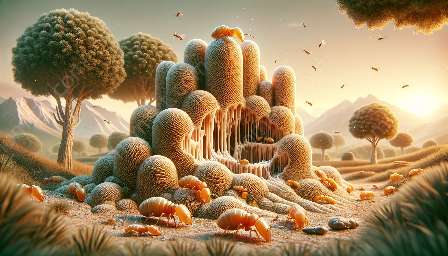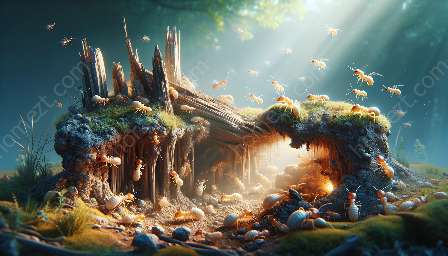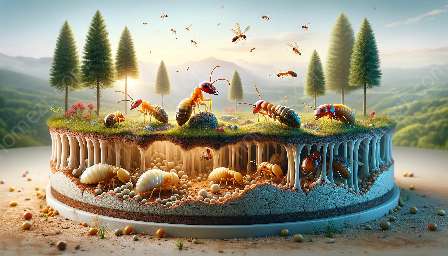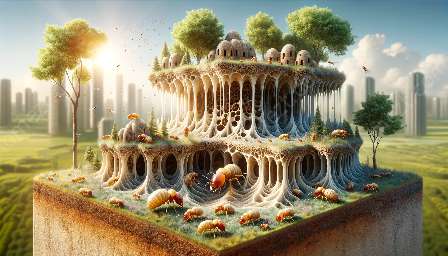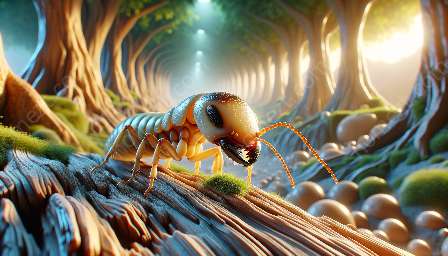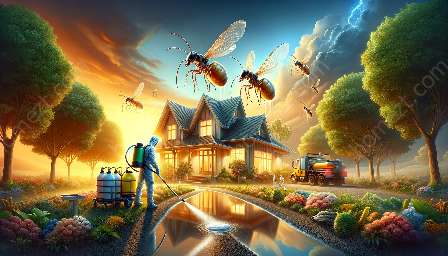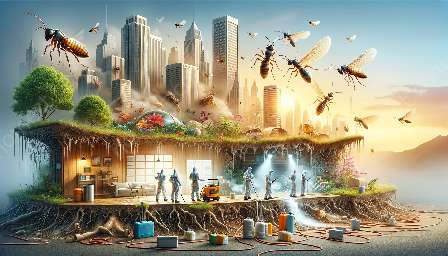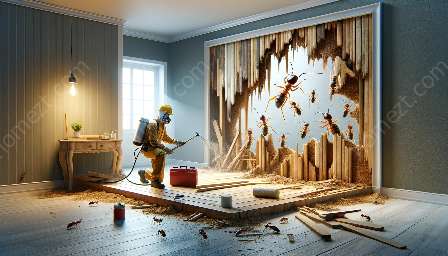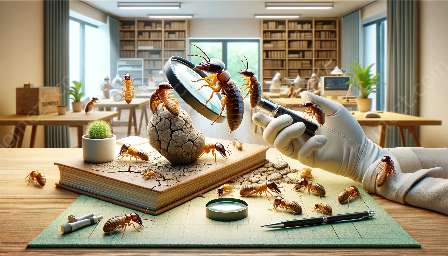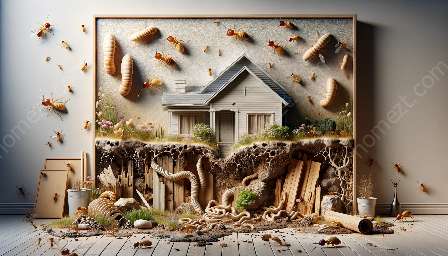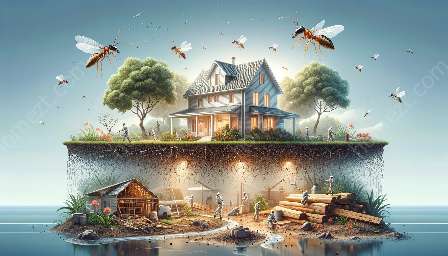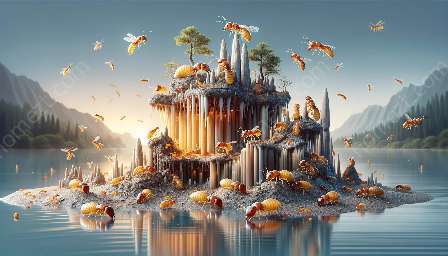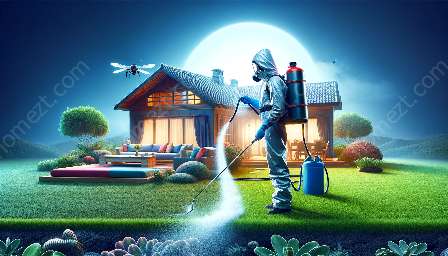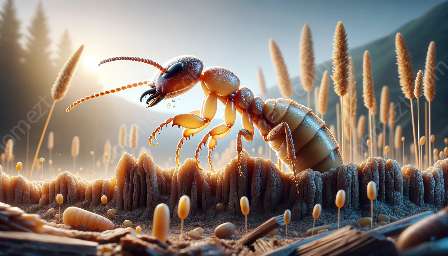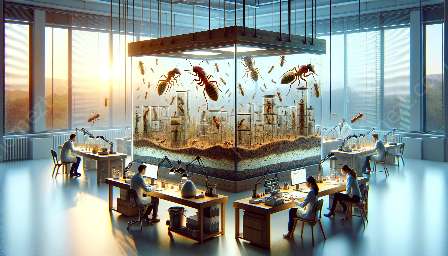Termite colonies are complex, fascinating ecosystems with a significant impact on pest control. These tiny insects live in elaborate societies and play a crucial role in ecosystem processes. Understanding termite colonies and their interactions with other organisms, including humans, is essential to effective pest control strategies.
Overview of Termite Colonies
Termite colonies are comprised of several classes of individuals, each with specific roles and responsibilities. The colony consists of a queen, king, workers, soldiers, and reproductive individuals. The queen is the heart of the colony, responsible for laying the eggs that sustain the population. The workers are responsible for building and maintaining the nest, foraging for food, and caring for the young. Soldiers protect the colony from predators and other threats. Reproductive termites are responsible for ensuring the colony's survival through the production of new offspring.
Social Structure and Communication
The social structure of termite colonies is highly sophisticated, with intricate systems of communication and organization. Termites communicate through chemical signals, pheromones, and physical interactions. This complex communication network enables the colony to coordinate its activities and respond to environmental changes effectively.
Life Cycle and Growth
Termite colonies go through a series of developmental stages, from the initial establishment of a small colony to the formation of large, mature colonies with thousands or even millions of individuals. Understanding the life cycle and growth patterns of termite colonies is essential for effective pest control, as it provides insight into the optimal times for intervention and management strategies.
Impact on Pest Control
Termites can be both beneficial and destructive. In their natural environment, termites play a crucial role in the decomposition of dead plant material, contributing to nutrient cycling and soil health. However, when termites invade human structures, they can cause significant damage, leading to costly repairs and structural issues. Effective pest control strategies aim to manage termite populations while minimizing their impact on the environment.
Termites and Pest Control
Understanding the behavior and biology of termites is essential for effective pest control. By gaining insight into termite colonies' habits and preferences, pest control professionals can develop targeted and sustainable management strategies. These strategies may involve the use of physical barriers, baiting systems, chemical treatments, or biological control methods to mitigate termite infestations and protect structures from damage.
Conclusion
Termite colonies are intricate and compelling systems that have a significant impact on pest control. By gaining a comprehensive understanding of termite colonies, their social structure, life cycle, and impact on pest control, we can develop more effective and environmentally sustainable pest management strategies.

